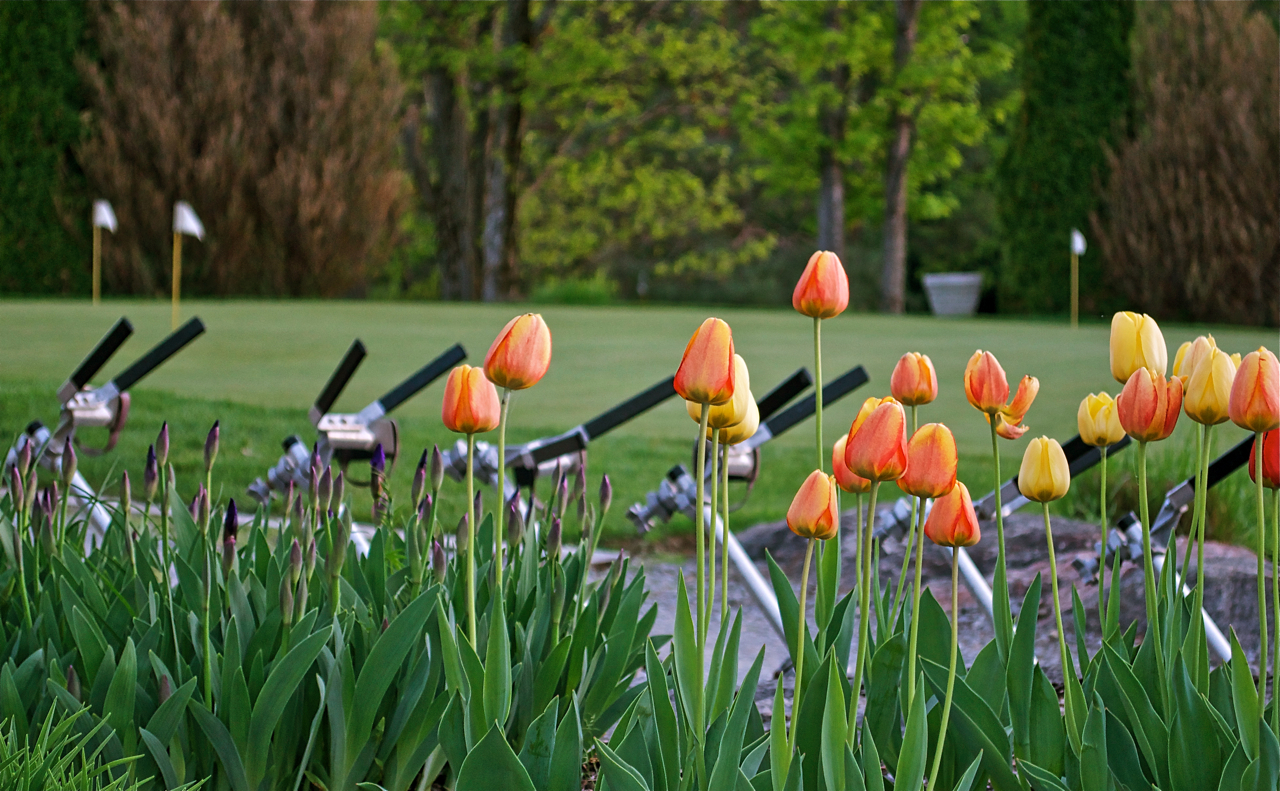Walk for stroke recovery
Regular, brisk walking after having a stroke could help boost your physical fitness, mobility and quality of life. You can walk without exercise equipment at any convenient place in the community.

Whitetail Golf Club, Eganville Ontario
Stroke Network March 15, 2013
Regular, brisk walking after having a stroke could help boost your physical fitness, mobility and quality of life, according to research in the American Heart Association journal Stroke.
“Walking is a great way to get active after a stroke,” said Carron Gordon PhD, lead author of the study and a lecturer in the physical therapy department at University of the West Indies in Jamaica. “It’s familiar, inexpensive, and it’s something people could very easily get into.”
Researchers divided 128 adult stroke survivors into a group that performed brisk outdoor walking three times a week for three months and a group that had therapeutic massage and no supervised exercise.
Compared to the massage group, the walking group:
- Reported a 16.7 percent improvement in quality of life based on physical health.
- Walked 17.6 percent farther in a six-minute endurance test.
- Had a 1.5 percent lower resting heart rate (the massage group’s resting heart rate was 6.7 percent higher).
After a stroke, many people lack energy and are afraid of falling while walking — withdrawing from meaningful activities like going to church, buying groceries and visiting friends and family, Gordon said.
Previous research has shown that improving physical activity without putting too much stress on your body can help achieve a higher quality of life after a stroke. But those studies evaluated treadmill walking and cycling.
The new study shows you can walk without exercise equipment at any convenient place in the community, Gordon said.
“Walking can help control blood pressure, reduce lipid or fat levels and help with weight control — all cardiovascular risk factors,” Gordon said. “So doctors should encourage it for patients who have had a stroke.”
The American Heart Association recommends at least 150 minutes per week of moderate exercise or 75 minutes per week of vigorous exercise (or some combination of both) for most people. For stroke survivors, the association recommends aerobic exercise three to seven days a week, for 20 to 60 minutes, depending on fitness level.
Source Stroke Network
| Further reading |
Effect of aerobic exercise (walking) training on functional status and health-related quality of life in chronic stroke survivors: a randomized controlled trial, Gordon CD, Wilks R, McCaw-Binns A. 2013 Apr;44(4):1179-81. doi: 10.1161/STROKEAHA.111.000642. Epub 2013 Mar 7.
–
Also see
Good News for Stroke Survivors
in AARP Stroke
Early exercise could aid stroke recovery in BBC News
Fast Walking Helps Stroke Recovery in WebMD
–
